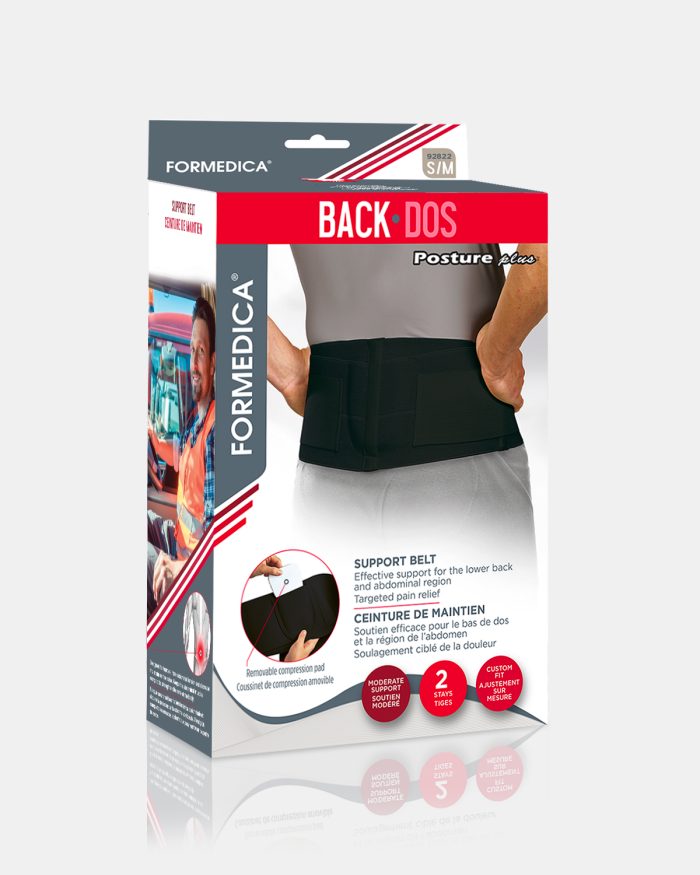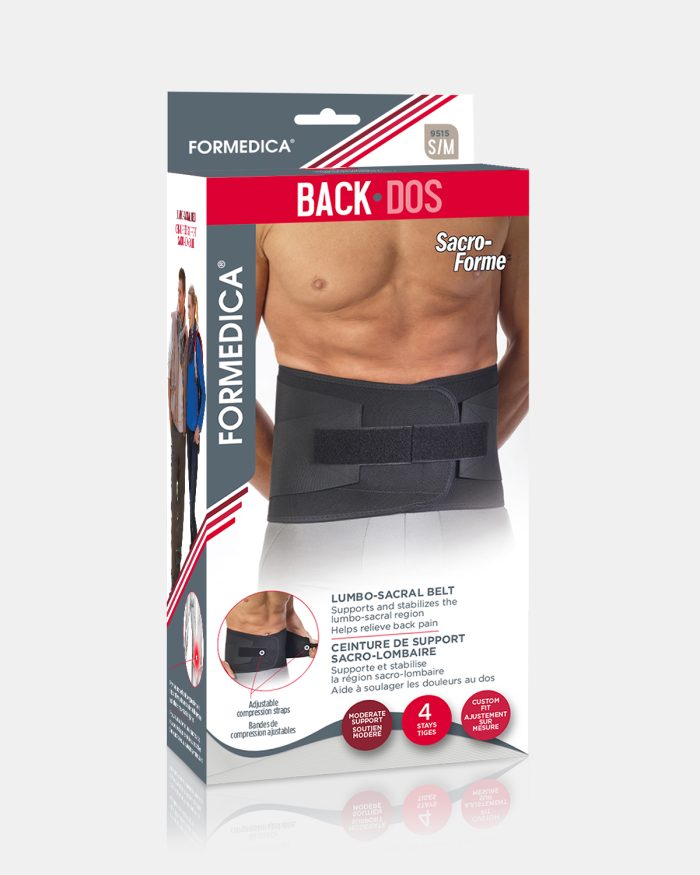We keep hearing that modern times rhymes with an accelerated pace of life. However, the majority of us spend most of our time sitting on a chair. Homo erectus, (standing man) whose proud upright head stood on a straight spine has given way to homo sedens (sitting man). Motorized and automated tools have taken over our lives. They take care of our professional and domestic chores, our leisure time and our transportation, rendering us basically motionless and without any need to move. Our activities have become overtly cerebral, which resulted in our postural decline and made us prone to all kinds of aches and pains.
Unfortunately, we often wait for a small tragedy before we react and realize to what point good posture is related to our well being. A good posture actually lets us breathe more freely, and increases blood flow and energy level. Additionally, it makes us look slimmer, taller and more confident. So here are a few tips to help you stand up straight and find your inner pride.
CAUSES AND CONSEQUENCES OF BAD POSTURE:
At work, whether standing behind a cash register of sitting behind a desk, we seem to be frozen in the same posture for hours on end. At the same time, we are obligated to repeat the same low impact repetitive movements that wear out inter-vertebral discs, ligaments, and muscles. Under the stress of nervous tension, our upper body stiffens, sometimes to the extent of loosing flexibility and mobility.
This unnatural posture eventually becomes natural, almost comfortable. We’re unconscious of the extra efforts this exerts on our back muscles, namely the trapeze, while our abs sit still, practically unemployed. These two muscle groups eventually lose all tonicity and no longer perform their job of maintaining our upright posture. Therefore we slump.
In the long term, this causes pain, spasms, headaches, neck pain and fatigue; and there we are, conquered by pain!
These symptoms are a sign that we need to change posture.
Redressment: where to start?
Stand up straight! Easier said than done, right? First, be aware that a good posture does not involve effort, should not be painful and should be symmetrical.
What does a homo erectus look like:
•Feet are slightly apart, parallel to the shoulders.
•Weight is evenly distributed between the heels and the front of the foot.
•Knees are slightly relaxed.
•Shoulders are straight, pulled back.
•Ears, shoulders, and hips are in the same axis.
•Lower back is resting on a support if sitting.
•Feet are touching the ground or resting on a foot-rest
One vertebra at a time
Bad posture is not innate, but the result of slowly acquired habits, insidiously taking over our body over the years. So don’t expect to straighten your spine in a matter of days. Changing habits takes time and effort.
Try to be mindful of your posture throughout the day and correct it along the way. In the beginning, you may even want to place sticky notes at strategic locations, like your computer screen, as a reminder to straighten up.
An exercise program to strengthen the abdominalwall is a must. Ripped abs are all the rage, but did you know they actually have a purpose, other than esthetics? They are partly responsible for posture as they hold up our body in a vertical axis. Some sports, such as yoga and Pilates are particularly recommended to regain good posture.
Get some support
Back pain can seriously restrain movements and thus greatly undermine quality of life. A lumbar support belt, conceived to secure your back and help you in day-to-day activities, could help you continue or restart your physical activity. This type of belt improves intra-abdominal tension and diffuses it over the spine while relocating the center of gravity. Using is as support allows you to concentrate on your posture without being hindered by pain.
For more information
http://www.morethanmedication.ca/fr/article/index/posture
http://www.livingwell.ca/french/article/683/comment-une-bonne-posture-previent-la-douleur
http://styledevie.ca.msn.com/sante-mieux-etre/divine-article.aspx?cp-documentid=21767090
http://www.cchst.ca/oshanswers/ergonomics/sitting/sitting_position.html

